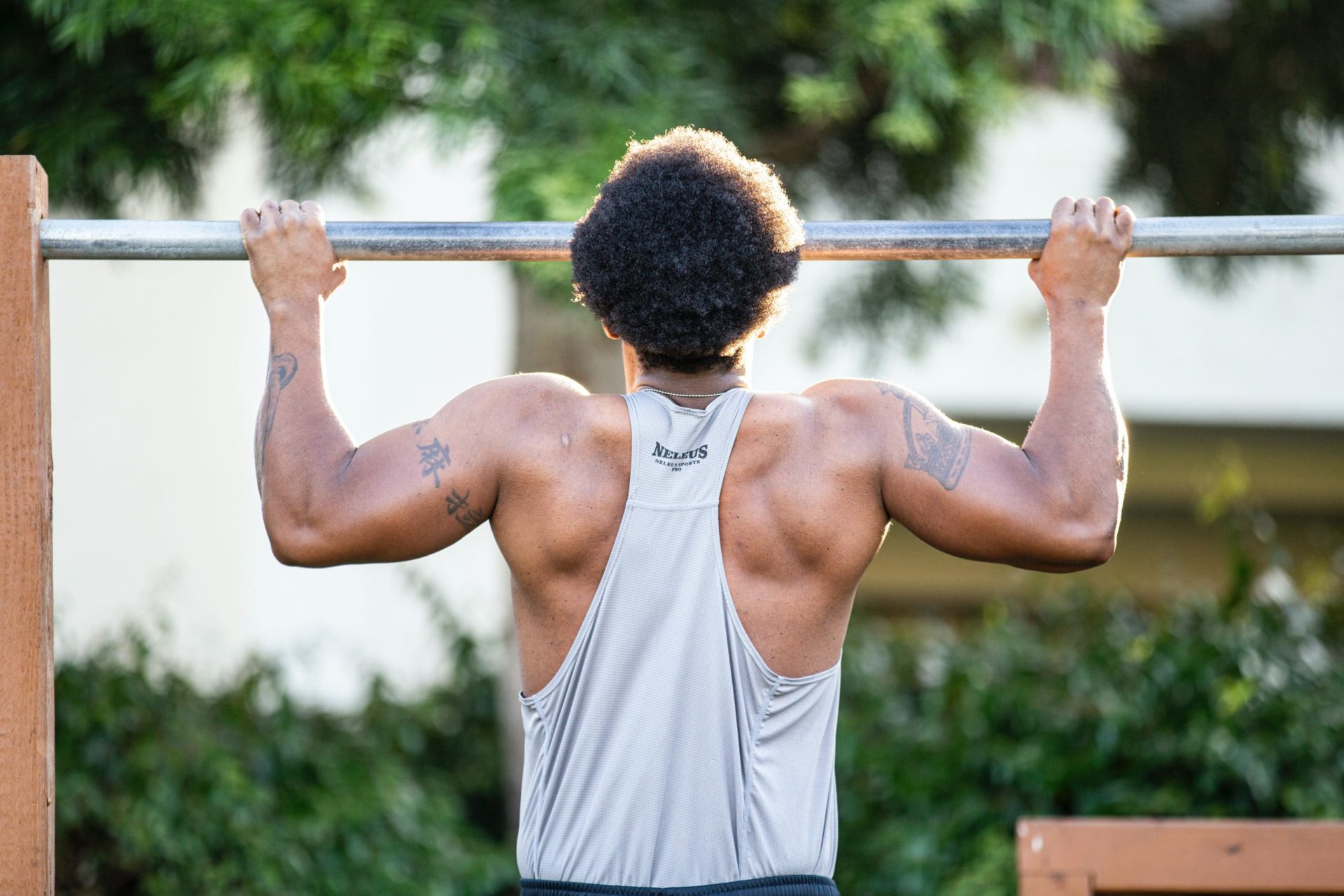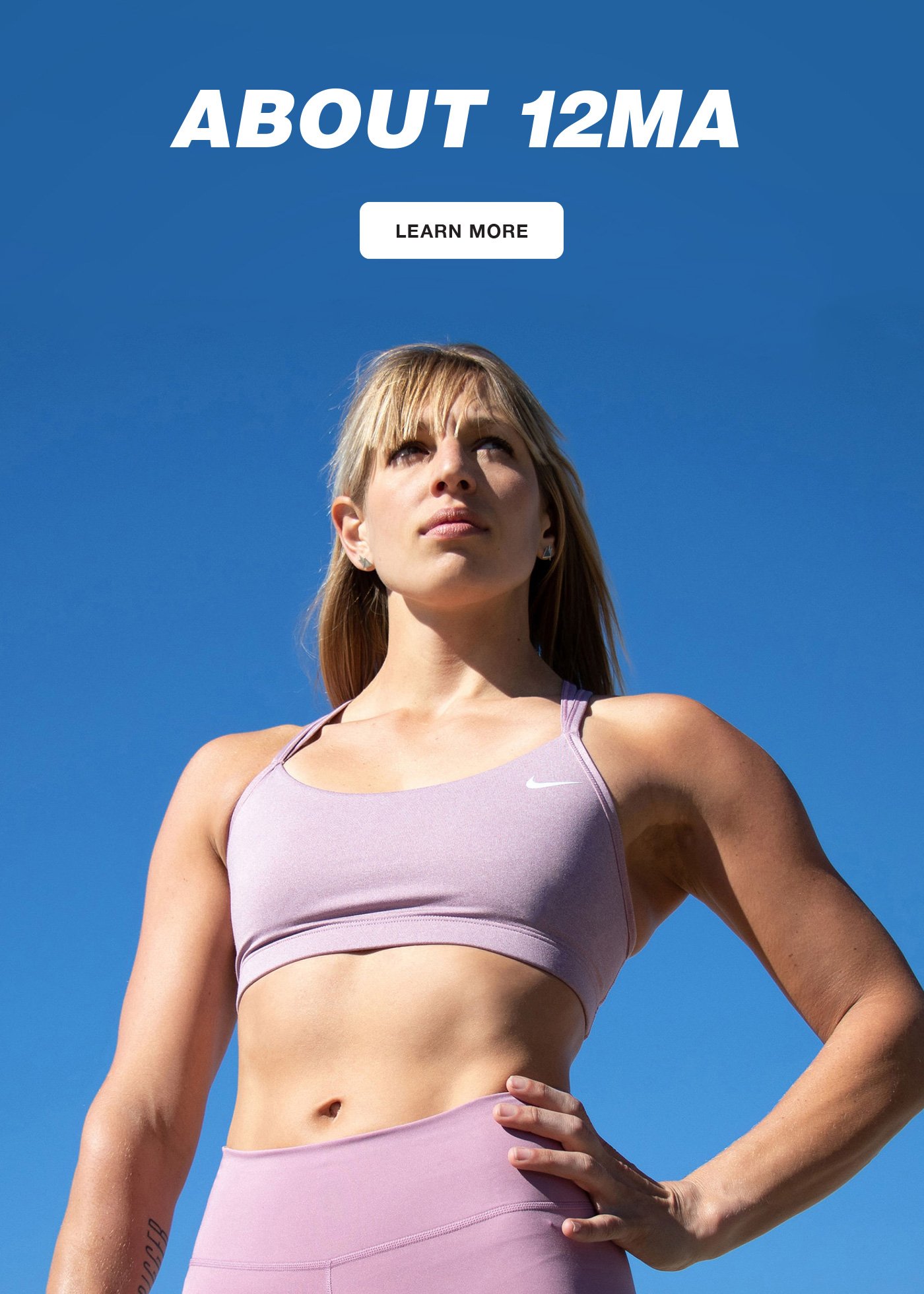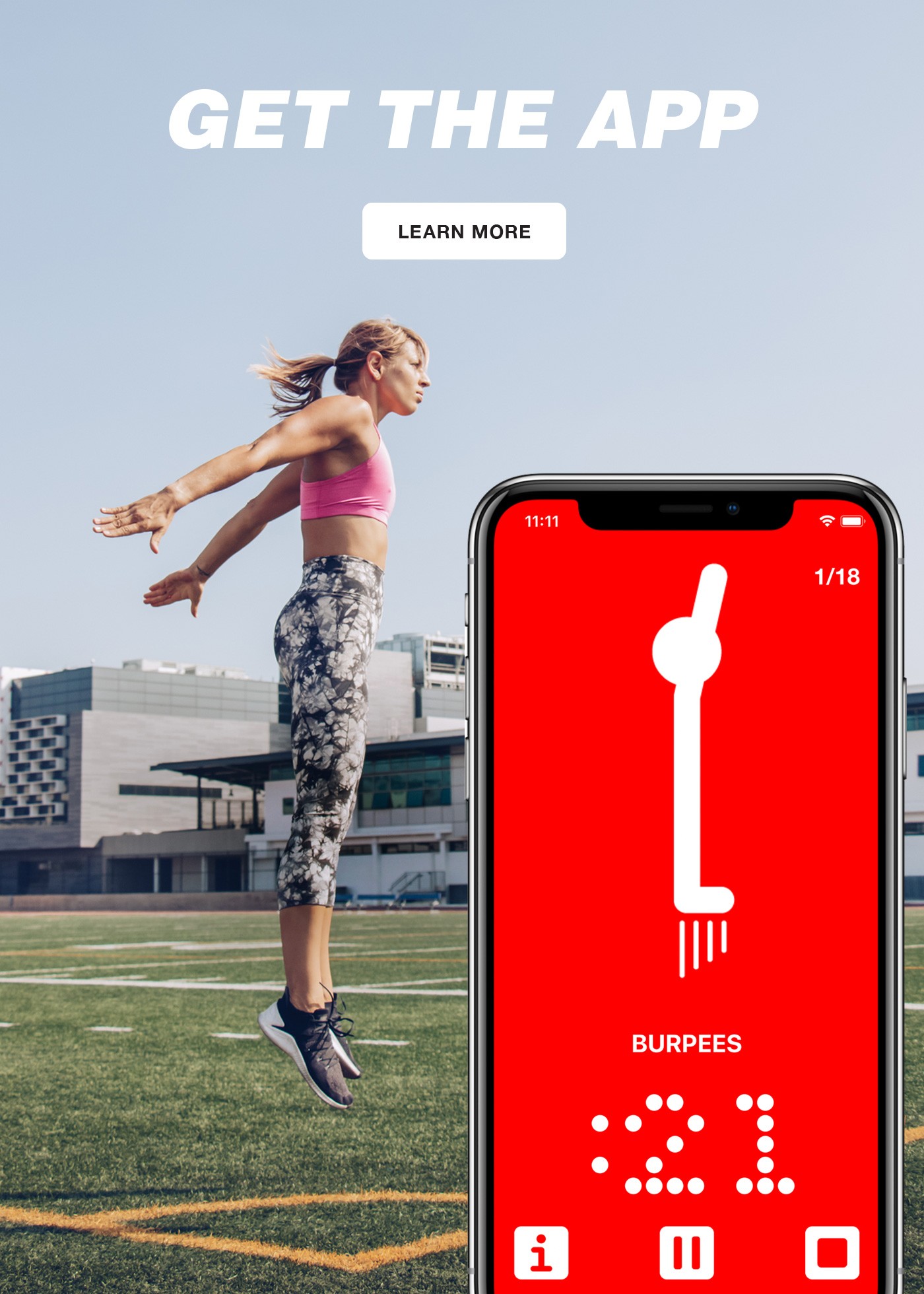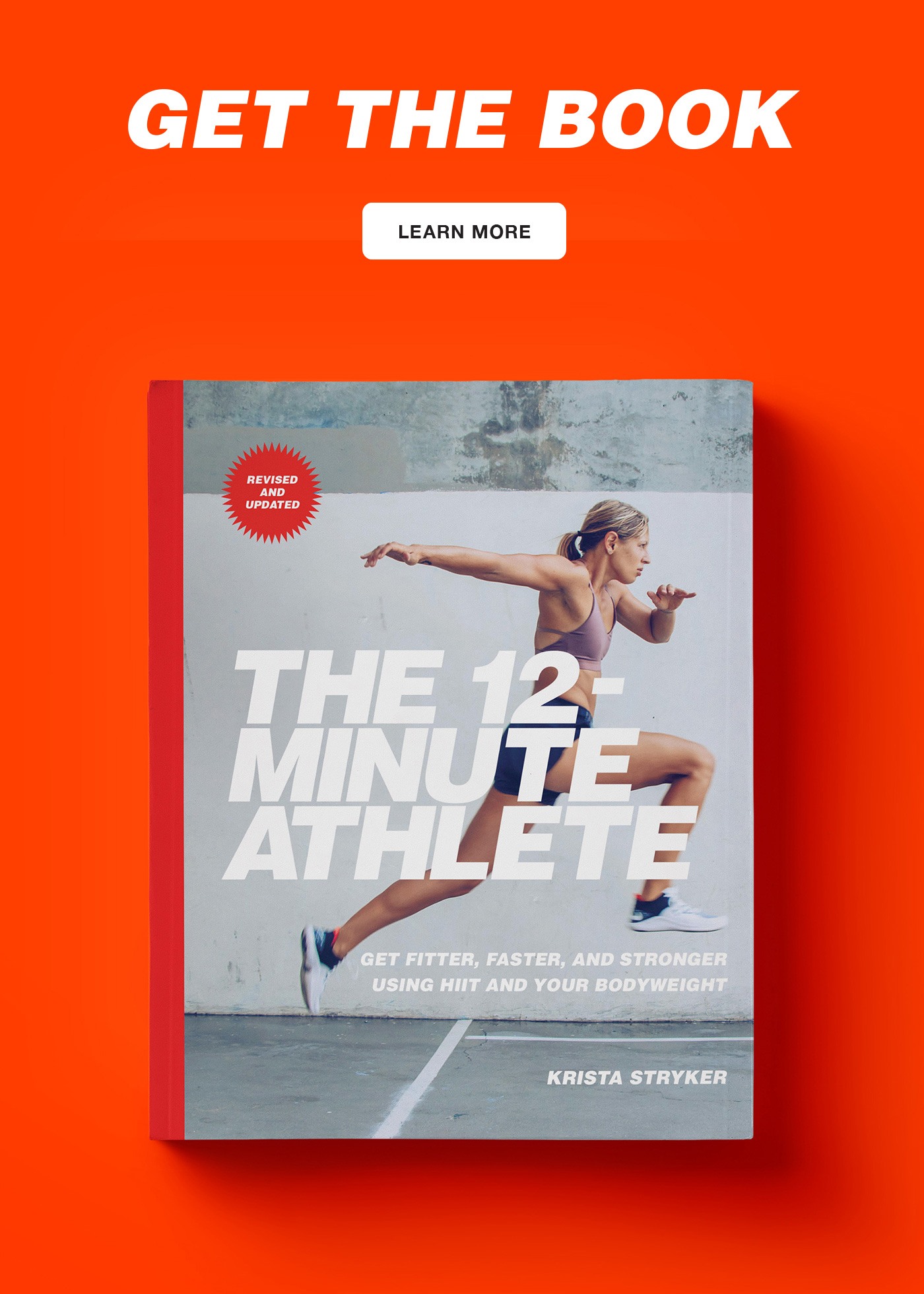
“But don’t I need weights to get strong?”
In my work as a fitness and performance coach, I get this question a lot.
Even though I’ve been designing mostly bodyweight-based workouts for myself and my clients for over a decade, most people can’t seem to believe me at first when I tell them that you don’t need heavy weights to get strong, build muscle, or improve overall fitness.
Gymnasts have some of the highest strength-to-weight ratios of any athletes, and they rely mostly on their own bodyweight to build their high levels of strength.
In fact, in my observation over the years, most people use weights as a crutch. And it’s not surprising, due to the simple fact that bodyweight exercises are often more difficult than weight-based ones.
While machine or weight-based exercises usually focus on strength alone, most bodyweight exercises require a combination of strength, flexibility, balance, and coordination.
Take the single-leg squat, for example. It’s a seemingly simple exercise: just do a deep squat on one leg. Sounds easy, right? Go ahead, give it a try!
If you couldn’t squat down further than a few inches, or if you fall backward when trying to lower onto one leg, don’t feel bad. Single leg squats, also known as pistol squats, are a deceptively challenging bodyweight exercise requiring a combination of unilateral strength, flexibility, and balance. I work out at the iconic Gold’s Gym in Venice Beach, California, and I can’t tell you how many times I’ve seen bodybuilders (who load up the plates on their barbell squats) fail at doing a single leg squat. They’re hard.
A good rule of thumb to remember is that if you can’t do the basic bodyweight version of the exercise, you shouldn’t be adding weights to it.
If you can’t do a decent push-up, for example, you shouldn’t be doing heavy chest presses. Likewise, if you can’t do a deep bodyweight squat due to a lack of strength, flexibility, or mobility, you shouldn’t be doing heavy barbell squats.
While weights can be used as a tool or supplemental exercise, you should always focus on doing the bodyweight version of the exercise first.
So Why Focus on Bodyweight Training?
There are several good reasons…
They’re functional.Functional training is any resistance training that readies your body for real-life activities, like bending, squatting, twisting, lifting, pushing, and pulling. Examples of functional training would be practicing squat variations so that you can get up off of the floor or doing shoulder presses or push presses so that you can lift your suitcase above your head in an airplane.
They prevent injuries.
Bodyweight-based workouts can help prevent injuries in a number of ways:
- They prepare you for daily movements, making it less likely you’ll injure yourself doing something “stupid”
- They put less strain on your joints than lifting heavy weights so that you can keep doing what you love for longer
- They prevent other injuries like accidentally dropping a heavy weight plate on your foot (it happens!)
They’re portable. I can’t tell you how often I’ve heard the “I can’t work out because I’m traveling or can’t get to the gym” excuse from clients or family members.
One of the best things about bodyweight training is that you can do it anywhere.
You can do bodyweight exercises like squats, push-ups, lunges, bridges, and jump variations wherever you are, whether you’re in a tiny hotel room, a nearby park, or stuck at home due to the seemingly never-ending Covid pandemic.
How to Progress Bodyweight Exercises
One of the main factors holding people back from doing more bodyweight exercises is that they don’t know how to regress them properly. They’ll look at an exercise like a pull-up and determine that it’s so far outside of their current fitness level that it’s not even worth trying.
But just like any goal, bodyweight exercises can be chunked down into smaller, manageable steps.
Let’s take the pull-up, for example. If you’ve never been able to do one, here’s how you might break it down to start:
Step 1: Horizontal bodyweight rows
Step 2: Chest to bar holds (hold your body at the top of the pull-up bar)


